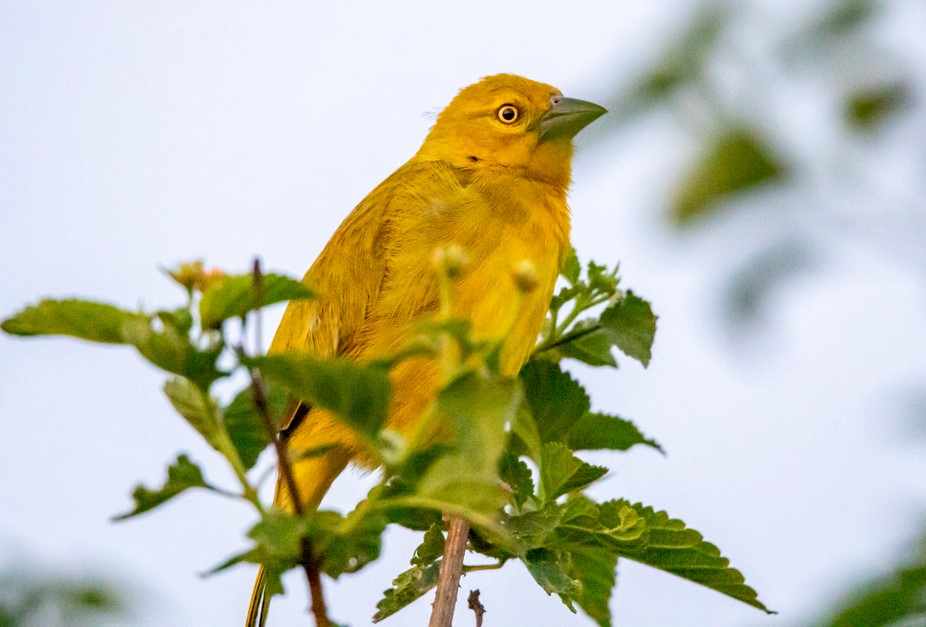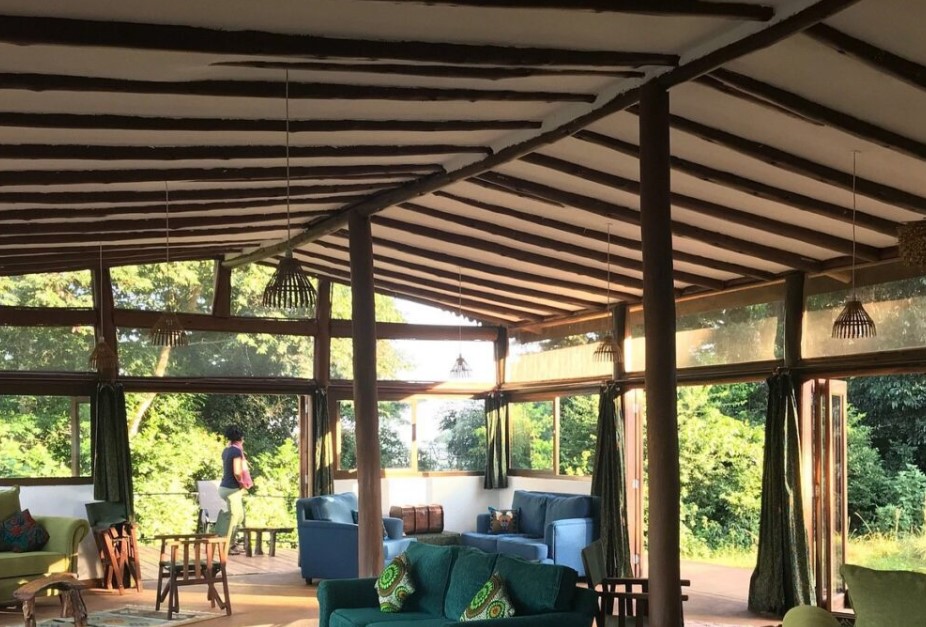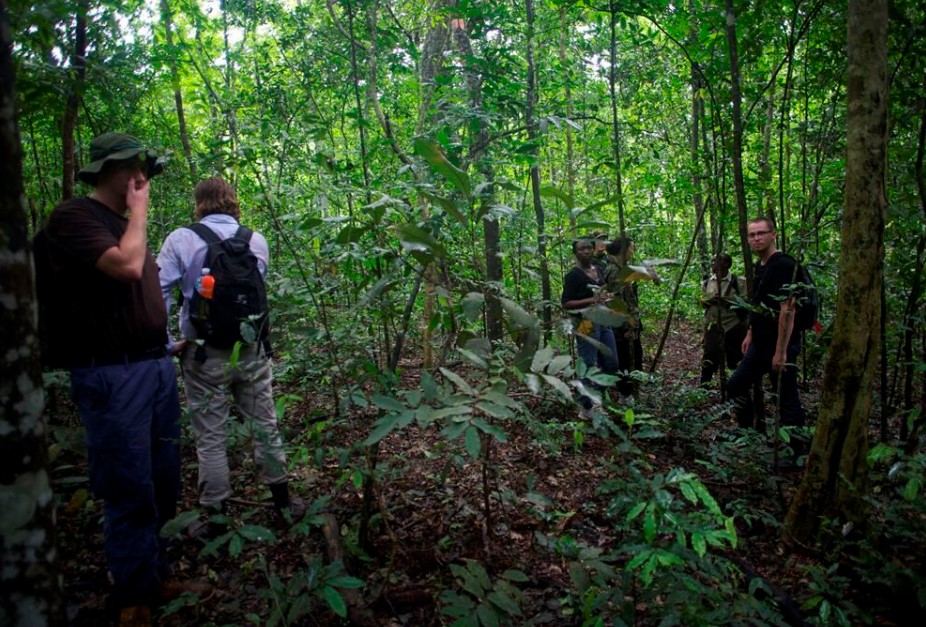
Sustainable Gorilla Trekking Rules and Regulations
Gorilla trekking is an adventure that involves hiking through the jungle to search for endangered gorillas in their natural habitat. Sustainable gorilla trekking rules and regulations involve following the rules to protect both the primates and tourists. Mountain gorilla tracking requires good physical form and well-preparedness. Visitors should follow the park rangers’ lead and instructions. Only 1000 mountain gorillas remain in the wild, and tourism is the only reliable way to raise money for their conservation. Gorillas need protection from diseases and threats to their numbers. Ethical considerations are crucial in gorilla trekking.
Tourists should follow sustainable gorilla trekking rules and regulations to reduce disease transmission and avoid unnecessarily alerting primates. Mountain gorillas are vulnerable to human infections due to their lower immunity. Despite being habituated, gorillas remain wild and do not trust humans completely. They are protective of the young ones and will defend them to the death if they sense a threat. It is important to be with primates for a short time to allow them to thrive and socialize with their kind. These rules are shared with visitors during the briefing before the actual gorilla trek. By following and respecting these rules, tourists contribute to the overall conservation of primates.
Gorilla Trekking Rules and Regulations
Gorilla trekking requires a minimum age of 15 to obtain a permit, as children often carry infectious diseases. A yellow fever vaccine is required for entry into Uganda, Rwanda, or Congo. Foreign visitors may need a visa to enter the tracking countries. Park authorities require passports to confirm identity and eligibility. Only eight people can visit a gorilla group in a day, reducing disease transmission and disturbances to group behavior. Tracking gorillas involves long distances, climbing steep terrain, and mud-filled trails. Being fit and in good shape is essential for the best experience. Elderly travelers are assigned to the nearest gorilla families and can hire a porter for assistance. The park authorities will ask for passports after briefing and before entering the forest.
You cannot track mountain gorillas if you have a contagious disease. Rangers can stop you from joining the group if they think the gorillas might be at risk. If you’re not feeling well or suspect you have a contagious illness, it’s best to stay behind. You will be refunded for your permit or have another chance to join once you’re healthy. Gorillas can easily catch human diseases, especially coughs, which can affect them severely. Always cover your mouth and nose when sneezing or coughing, and ensure your hands are clean before trekking.
Sustainable Gorilla trekking rules and regulations: Listen carefully and follow the Rangers’ instructions. Keep your voice low during the trek to better spot birds and animals. When with the primates, speak in whispers to avoid scaring the gorillas. If you get bitten by an insect or safari ant, don’t yell, as it may make the gorillas leave early. Tell the Rangers, and they will help you with a remedy.
Keep the park clean and free of trash that could harm gorillas. Do not drop handkerchiefs, used tissues, or canisters, as gorillas might swallow them. If you need to use the toilet, inform the guide, who will dig a hole for you to cover afterward. Do not clear vegetation for a better view of the gorillas; this could scare them. Let rangers handle any necessary clearing. Avoid eating, drinking, or smoking near mountain gorillas, as leftover food could contain harmful viruses.
To protect endangered mountain gorillas, keep a distance of at least 15 feet to lower the risk of spreading human diseases. Tourists should avoid surrounding the gorillas and stay in a group. This distance is crucial, especially if a gorilla approaches you; in that case, move back slowly or stay still if moving back is not possible. Keep your items and bags closed to avoid attracting curious juvenile gorillas. Maintaining distance helps limit disease spread and prevents the gorillas from becoming too accustomed to humans, which can lead to aggressive behavior towards future visitors.
If a mountain gorilla charges, crouch down slowly and do not run. Let the gorilla leave on its own. Rangers will help calm tourists if a silverback shows dominance. Stay calm, avoid sudden movements, and remember that staying still is the best response.
Avoid staring directly at gorillas, as it could be seen as a threat. Your body language is important; do not raise your arms or stand tall while looking at them, as these can signal aggression. Rangers will indicate when it’s safe to take photos. While photographing mountain gorillas, stay calm and limit your movements. Refrain from using flash to prevent disturbing them. Do not touch the gorillas, even if they approach you. Bright colors can draw their attention, and sunglasses are not allowed due to reflections that might attract them.
For the best gorilla trekking experience, wear sturdy hiking shoes for climbing muddy and steep areas. Bring enough drinking water and a packed lunch from your hotel. Since rain is common, carry a rain jacket and other gear. Gorilla tourism takes place in thick forests, which may have sharp grasses and tree branches, so long pants and shirts are recommended. Tropical forests also have many insects, so use a good insect repellent. Bring binoculars and a camera to take photos of forest creatures.
Conclusion
Visitors planning to have a successful gorilla trekking experience should take note of the above sustainable gorilla trekking rules and regulations. All these precautions aim at protecting both gorillas and tourists since gorillas have a lower immunity compared to that of humans. This means that gorillas are susceptible to human diseases, especially cough and flu. Visitors should also be aware that despite gorillas being habituated, they remain wild, and their protection has a positive impact on their population as a way of promoting sustainable tourism.







